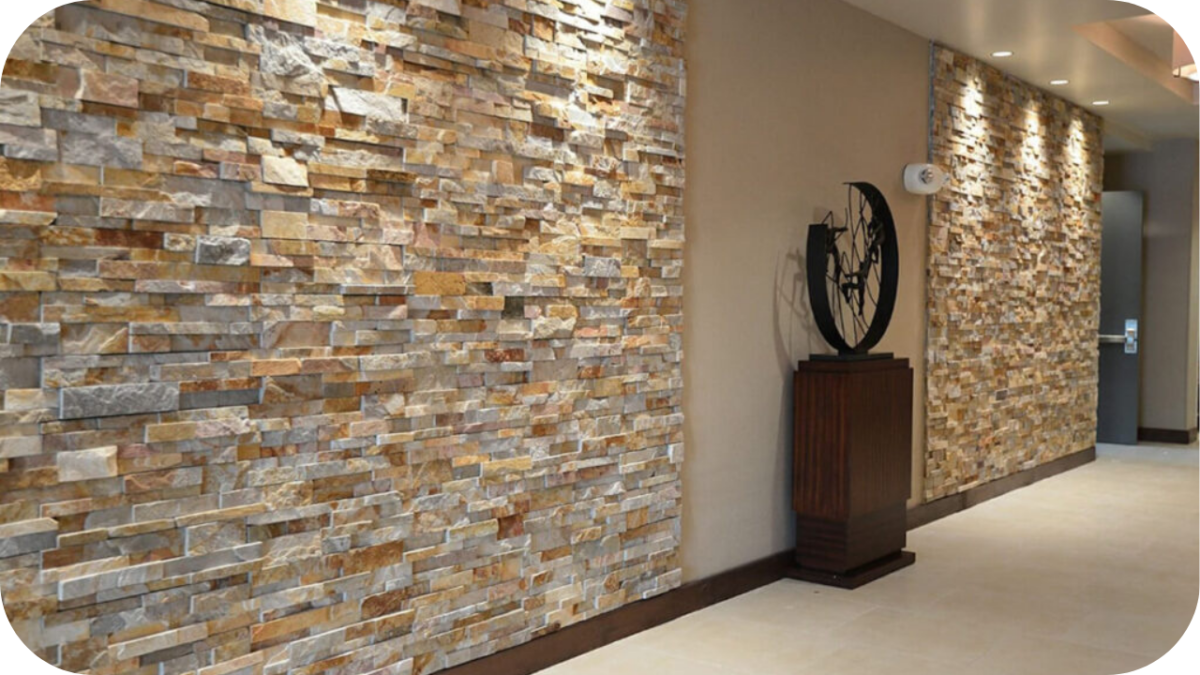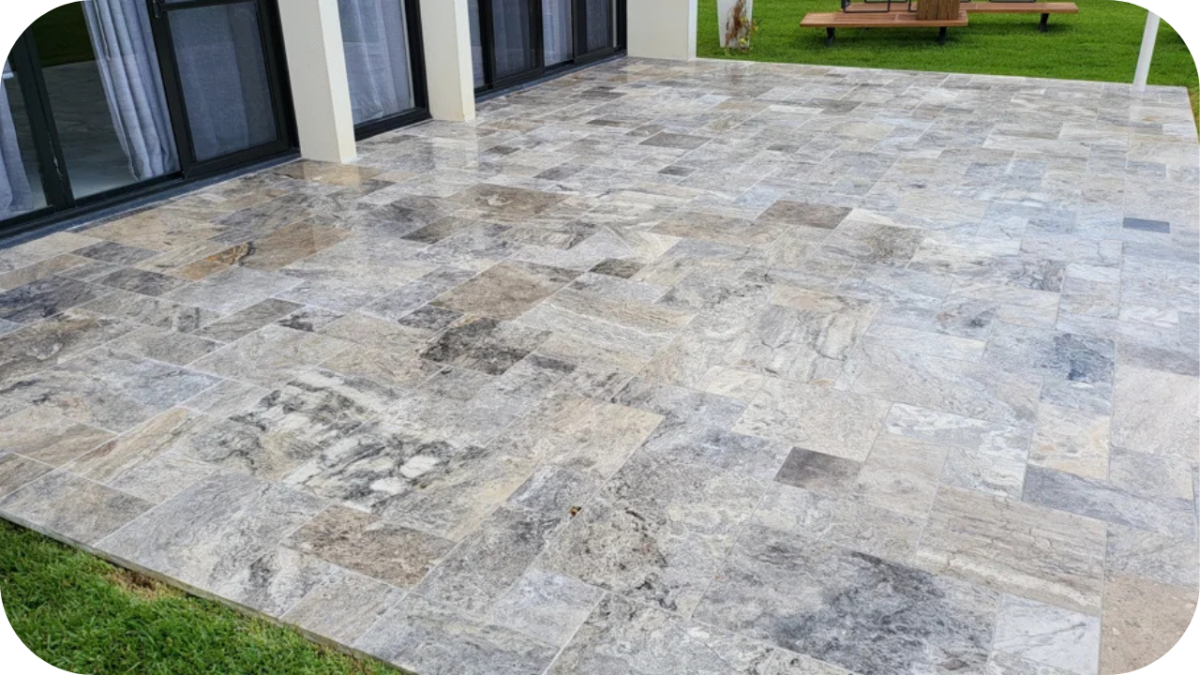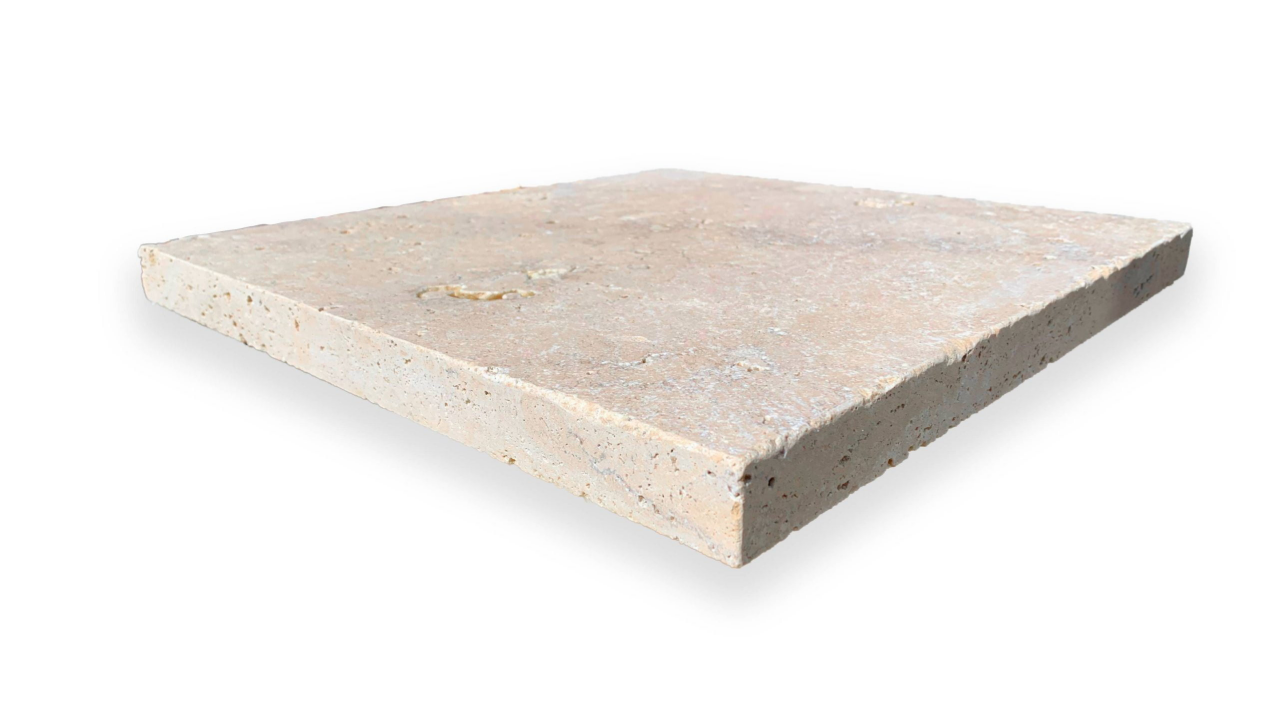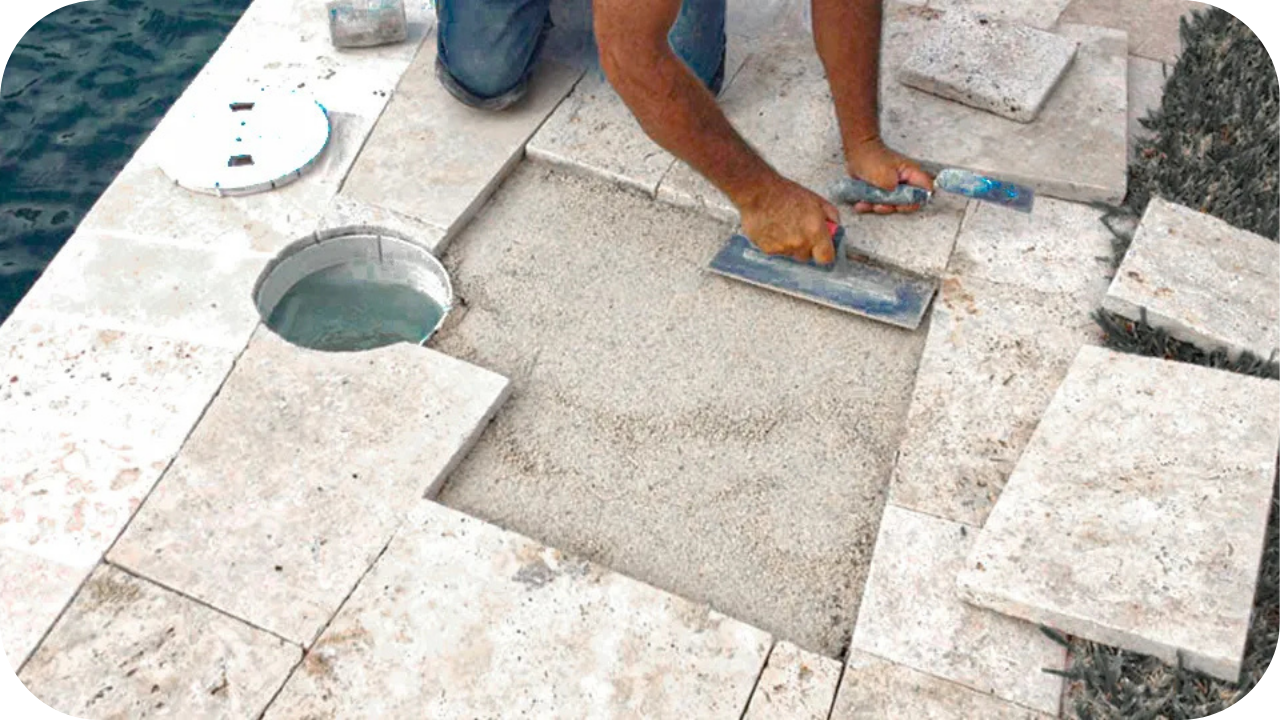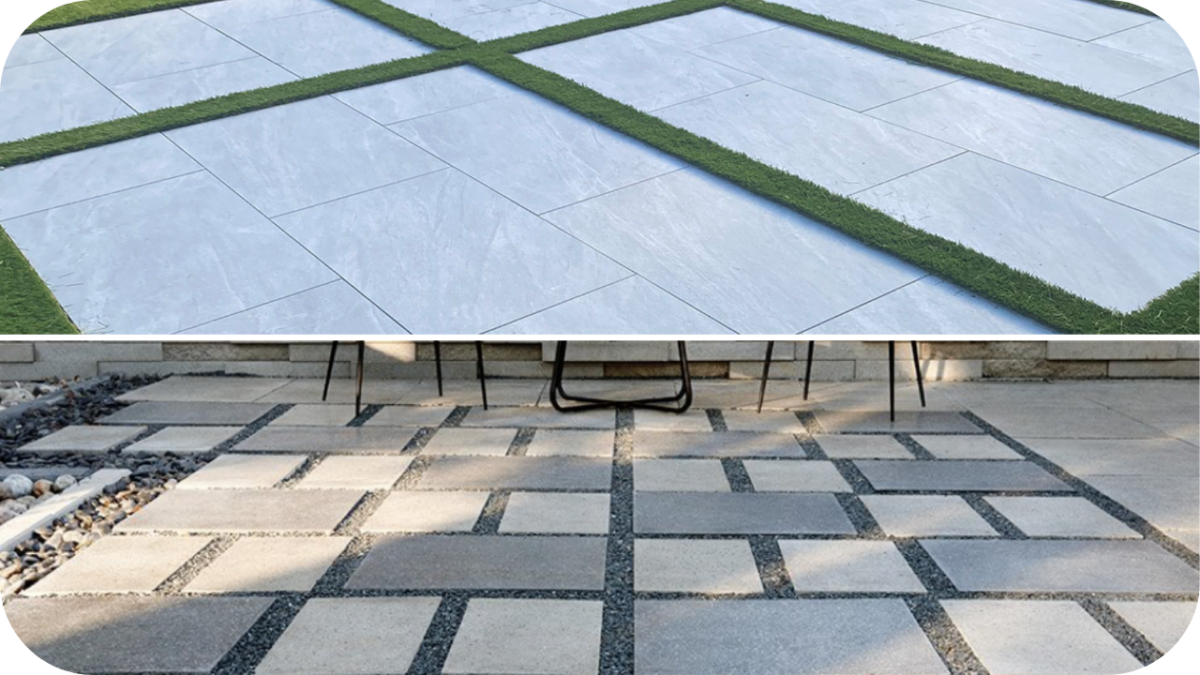Commercial Stone Cladding in Melbourne: A Guide
Stone cladding is a premium solution for enhancing the exteriors and interiors of commercial buildings in Melbourne. Known for its aesthetic appeal, durability, and low maintenance, stone cladding creates a sophisticated, timeless look while offering long-lasting protection.
This guide explores the types, benefits, applications, and installation of commercial stone cladding, helping you choose the best option for your next project.
Whether for façades, interiors, or landscaping, stone cladding is the perfect way to elevate any commercial space.
What Is Commercial Stone Cladding?
Commercial stone cladding refers to the application of natural or engineered stone on the exterior or interior surfaces of commercial buildings. It serves as both a protective and decorative layer, enhancing the building’s aesthetic while offering durability and weather resistance.
Unlike traditional stone construction, cladding doesn’t bear the load of the structure but acts as a skin that improves insulation, soundproofing, and overall visual appeal.
Common materials used include granite, limestone, marble, and sandstone, offering a variety of textures and finishes for different architectural styles.
Types of Stone Cladding for Commercial Use
From timeless elegance to modern textures, learn more about the different types of stone cladding that can elevate your commercial space.
Natural Stone Cladding
Natural stone cladding offers a classic, high-end aesthetic with unmatched durability. Stones like granite, limestone, and sandstone are cut into slabs or tiles to create striking facades.
These cladding options provide unique textures and colour variations, ensuring no two surfaces are alike. Natural stone is known for its long-lasting performance, resisting weathering, fading, and damage.
Ideal for premium commercial buildings, it adds a luxurious touch to office exteriors, retail stores, and hotels. However, due to its weight, natural stone requires careful installation and a solid substrate.
Stacked Stone Cladding
Stacked stone cladding features layered stone pieces arranged in a staggered, overlapping pattern. It provides a modern, textured appearance, offering a contemporary yet timeless look.
This type of cladding is often used for facades, feature walls, and entryways in commercial projects. Stacked stone is a great option for adding depth and drama to shopping centres, hospitality venues, and office buildings.
It requires minimal maintenance and can handle varying weather conditions, making it a versatile choice for both interior and exterior applications.
Stone Veneer Cladding
Stone veneer cladding is a lightweight alternative to full stone that mimics the appearance of natural stone. Made from thin slices of stone or synthetic materials, it’s easier to handle and install, reducing labour costs.
Stone veneer offers an authentic stone look at a fraction of the cost, making it a popular choice for commercial spaces that want the aesthetic appeal of natural stone without the heavy weight.
Often used for facade cladding and interior walls, it provides cost-effective solutions for budget-conscious projects.
Dry-Stone Cladding
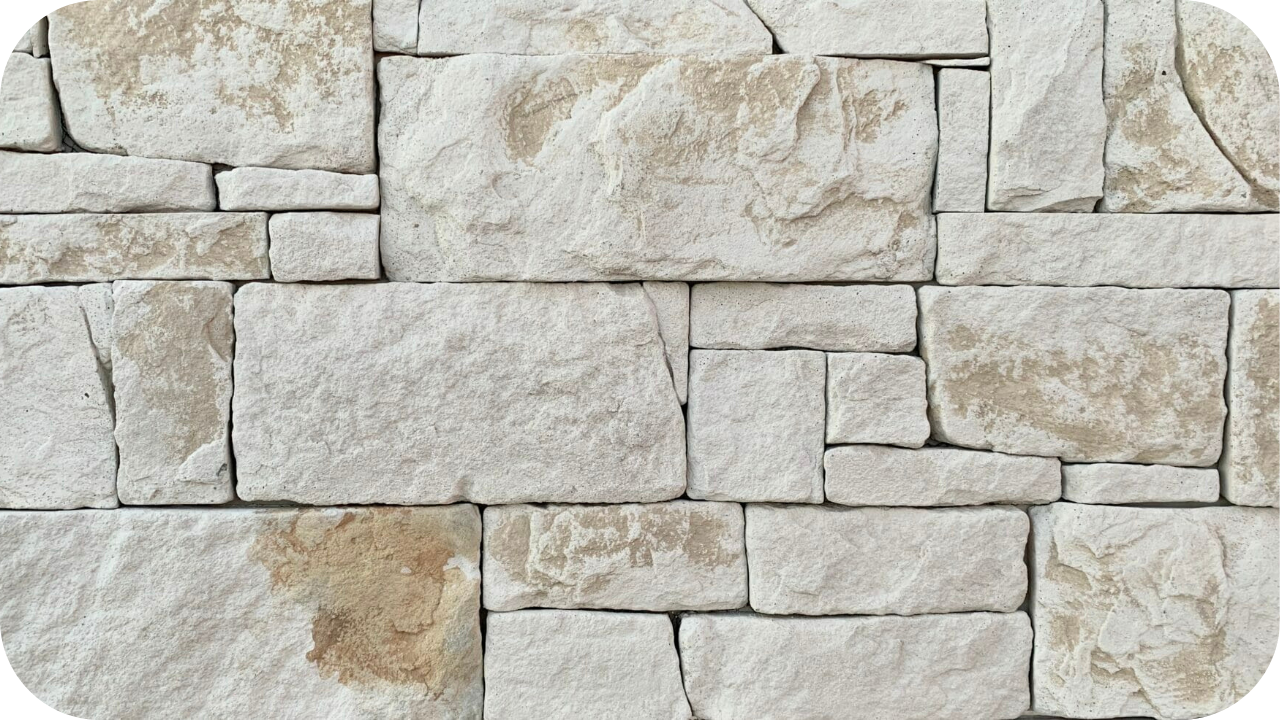
Dry-stone cladding is a traditional technique where stones are carefully stacked without mortar, allowing for natural gaps and air circulation. This method creates a rustic and timeless look that is particularly suited for heritage buildings, parks, and commercial gardens.
The unique nature of dry-stone cladding allows for flexibility in design while offering a durable solution for external walls and landscaping.
Though more labour-intensive to install, dry-stone cladding adds character and blends well in environments where a natural or rustic aesthetic is desired.
Modular Stone Panels
Modular stone panels are pre-fabricated stone sections that fit together seamlessly to create a cohesive look. Designed for quick and efficient installation, these panels are ideal for projects with tight timelines or when an entire building’s exterior needs to be cladded in a short time.
Modular stone panels are typically used for office buildings, commercial complexes, and retail centres, offering an elegant yet practical solution.
These panels are often made of natural stone or stone veneer, combining design flexibility with ease of installation and long-term durability.
Benefits of Stone Cladding for Commercial Projects

Stone cladding not only enhances the aesthetic appeal of commercial buildings but also offers a range of functional benefits:
- Durability & Longevity: Stone cladding is highly resistant to weathering, fading, and physical damage, ensuring long-lasting performance.
- Low Maintenance: Requires minimal upkeep, as stone doesn’t need regular painting or sealing like other materials.
- Aesthetic Appeal: Adds a sophisticated, natural look that can be tailored to any architectural style, enhancing the building’s overall appearance.
- Energy Efficiency: Stone’s thermal mass helps regulate building temperatures, reducing heating and cooling costs.
- Sound Insulation: Offers soundproofing benefits, making it ideal for buildings in noisy environments.
- Increased Property Value: Stone cladding boosts both curb appeal and market value, making it a smart investment for long-term success.
- Commitment to Environmentally Conscious: Natural stone is a sustainable material, requiring minimal processing and having a low environmental impact.
Best Applications of Stone Cladding in Commercial Spaces

Stone cladding adds a premium look and excellent functionality to various commercial spaces. Here are some of the best applications:
- Building Facades: Enhances the exterior appeal of commercial buildings, creating a strong first impression for clients and visitors.
- Retail Stores & Shopping Centres: Provides a sophisticated and welcoming atmosphere, enhancing the overall shopping experience.
- Hotels & Hospitality Venues: Adds luxury and elegance to hotel exteriors and lobbies, creating a memorable impression on guests.
- Office Buildings: Adds a professional, modern look, improving the building’s branding and appeal to clients and tenants.
- Restaurants & Cafés: Combines aesthetic appeal with durability, perfect for both the interior and exterior of dining establishments.
- Landscaping & Outdoor Walls: Ideal for courtyards, garden walls, and paths, stone cladding complements outdoor spaces with a natural and lasting finish.
- Corporate Headquarters: Enhances the building’s prestige with a stylish, robust facade that conveys stability and professionalism.
Choosing the Right Stone for Your Commercial Project
Selecting the perfect stone for your commercial project is crucial to ensuring both aesthetic appeal and durability. Here are key factors to consider when choosing the right stone:
- Architectural Style: Match the stone with the design theme of your building. For modern designs, consider sleek marble or porcelain, while granite and limestone suit more traditional or rustic styles.
- Durability Requirements: Consider the environmental conditions and traffic levels. For high-traffic areas or outdoor use, granite and sandstone offer superior strength and longevity.
- Colour & Texture: Choose a stone that complements the colour palette of your project. Light-toned stones like limestone create a clean, contemporary look, while dark granite adds sophistication.
- Maintenance Needs: Natural stones like marble may require more frequent sealing, while granite and slate are easier to maintain with minimal upkeep.
- Commitment to Environmentally Conscious: Opt for locally sourced stone when possible to reduce environmental impact and support environmental efforts.
- Budget Considerations: Stone options vary greatly in price. Stone veneer offers a cost-effective solution without compromising on style, while solid natural stones provide long-term value.
Stone Cladding Installation Process
Installing stone cladding requires careful planning and execution to ensure both aesthetic appeal and long-term durability. Here’s a step-by-step guide to the installation process:
Step 1: Prepare the Surface
Begin by cleaning the surface where the cladding will be applied. Remove any dirt, debris, or old materials that might interfere with the adhesive. Ensure the surface is smooth and level. If necessary, use a leveling compound to address any uneven areas.
This foundation step ensures that the stone will adhere properly and prevents future issues like shifting or cracking.
Step 2: Select the Right Adhesive
Choose a suitable adhesive or mortar based on the type of stone and the surface it will be attached to.
For heavy natural stone, a strong mortar is typically used, while stone veneer may require a lighter adhesive like mastic. The right adhesive ensures a secure bond between the cladding and surface.
Step 3: Dry Fit the Stones
Before applying any adhesive, dry fit the stones on the surface to plan the layout. This allows you to visualize the pattern, adjust stone placement, and ensure the design fits well with the space.
It’s an essential step to prevent mistakes during the actual installation.
Step 4: Apply the Adhesive
Once satisfied with the dry layout, begin applying the adhesive to the surface in small sections. Use a notched trowel to spread the adhesive evenly.
Press each stone firmly into place, using a rubber mallet to secure them. Make sure to leave gaps for grouting and maintain consistent alignment for a seamless finish.
Step 5: Cut Stones as Needed
For edges and corners, you may need to cut stones to fit. Use a diamond blade saw or wet saw to ensure clean, precise cuts.
Pay attention to stone placement to maintain the overall aesthetic and avoid uneven gaps between pieces.
Step 6: Grout the Joints
Once all the stones are installed and the adhesive has set, apply grout between the stones to fill in the gaps.
Use a rubber float to spread the grout evenly, ensuring it fills all spaces. Immediately wipe off excess grout from the stone surface with a damp sponge to avoid stains.
Step 7: Seal the Cladding
After grouting and allowing it to dry, apply a stone sealer to protect the cladding from moisture, stains, and wear.
Sealing the stones enhances longevity and makes cleaning easier in the future.
Step 8: Clean and Final Touches
Clean the surface thoroughly to remove any leftover grout or adhesive. Inspect the installation for any imperfections and correct them before finishing.
Ensure all stones are securely bonded and that the grouting is even and smooth.
Step 9: Allow Curing Time
Give the installation 24-48 hours to cure, allowing the adhesive, grout, and sealer to fully set. Avoid heavy contact with the surface during this time to ensure a secure, lasting finish.
Why Choose Splendour in Stone for Commercial Stone Cladding in Melbourne?
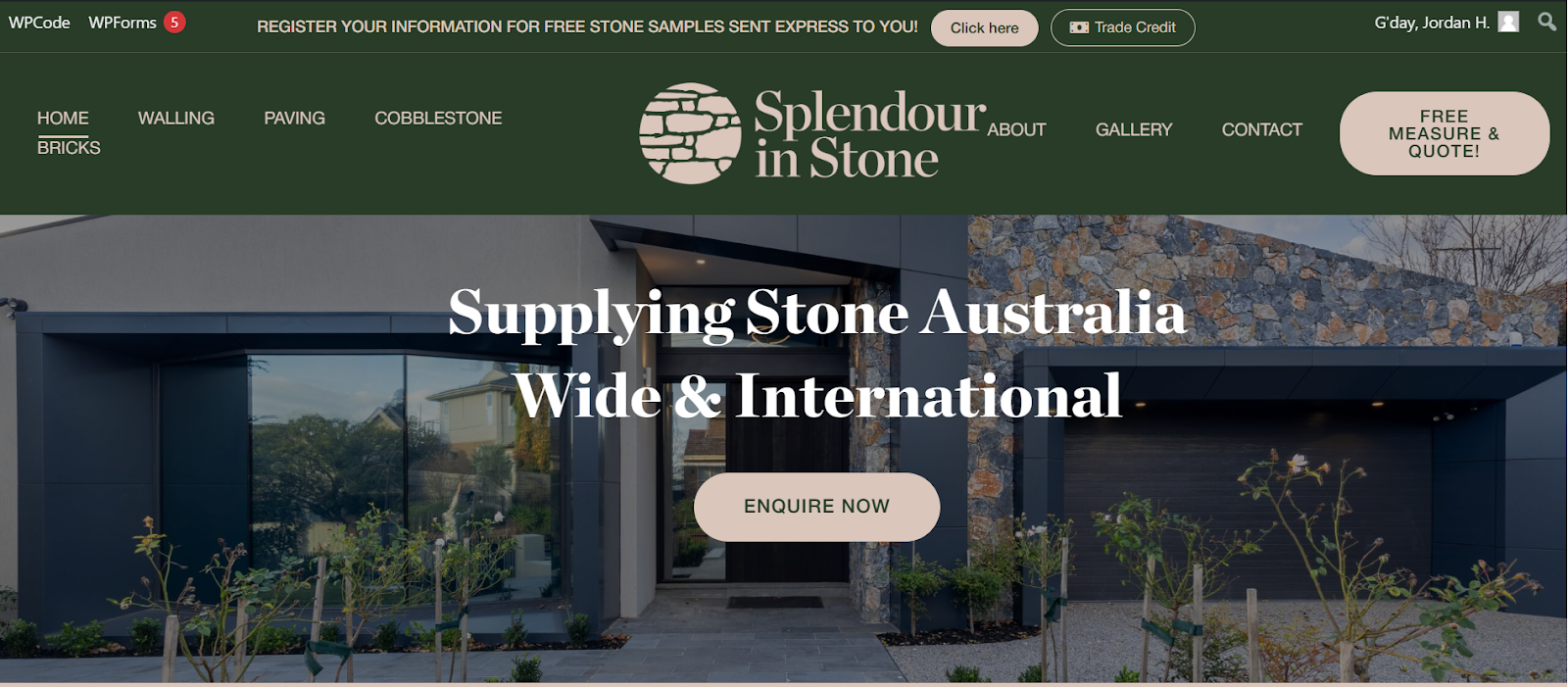
When it comes to commercial stone cladding, choosing the right supplier is critical to achieving both aesthetic excellence and long-term durability. Here’s why Splendour in Stone is the go-to choice for your next commercial project:
- Premium Quality Stone: Splendour in Stone offers a wide range of high-quality, durable stone for commercial applications, sourced from trusted quarries for long-lasting results.
- Extensive Selection: Choose from a variety of stone types, finishes, and colours to match the architectural style and design vision of your commercial building.
- Expert Guidance: With years of experience, their team provides personalised advice to help you select the right stone, layout, and design for your project.
- Professional Installation Support: Splendour in Stone ensures a seamless installation process, working with skilled installers to guarantee perfect results.
- Transparent and Fair Pricing: Get premium stone cladding solutions at competitive rates, offering excellent value for your investment in quality and durability.
- Commitment to Environmentally Conscious: Committed to eco-friendly practices, Splendour in Stone provides sustainably sourced stone that minimizes environmental impact.
- Fast & Reliable Delivery: Enjoy on-time, safe delivery of your stone materials anywhere in Melbourne, ensuring smooth project timelines.
- Exceptional Responsive and Attentive Client Communication Throughout the Project: Splendour in Stone provides ongoing support before, during, and after installation to ensure your satisfaction with every project.
Conclusion
For high-quality commercial stone cladding that combines durability, aesthetic appeal, and expert service, Splendour in Stone is your ideal choice. Their wide selection of premium stones, professional installation support, and commitment to customer satisfaction ensure outstanding results for your project. Contact Splendour in Stone today to elevate your commercial space with stunning stone cladding solutions.

